Three of the best places to experience volcanoes
These are three of the hottest spots on the planet for “lava chasers”. Chris Carter reports

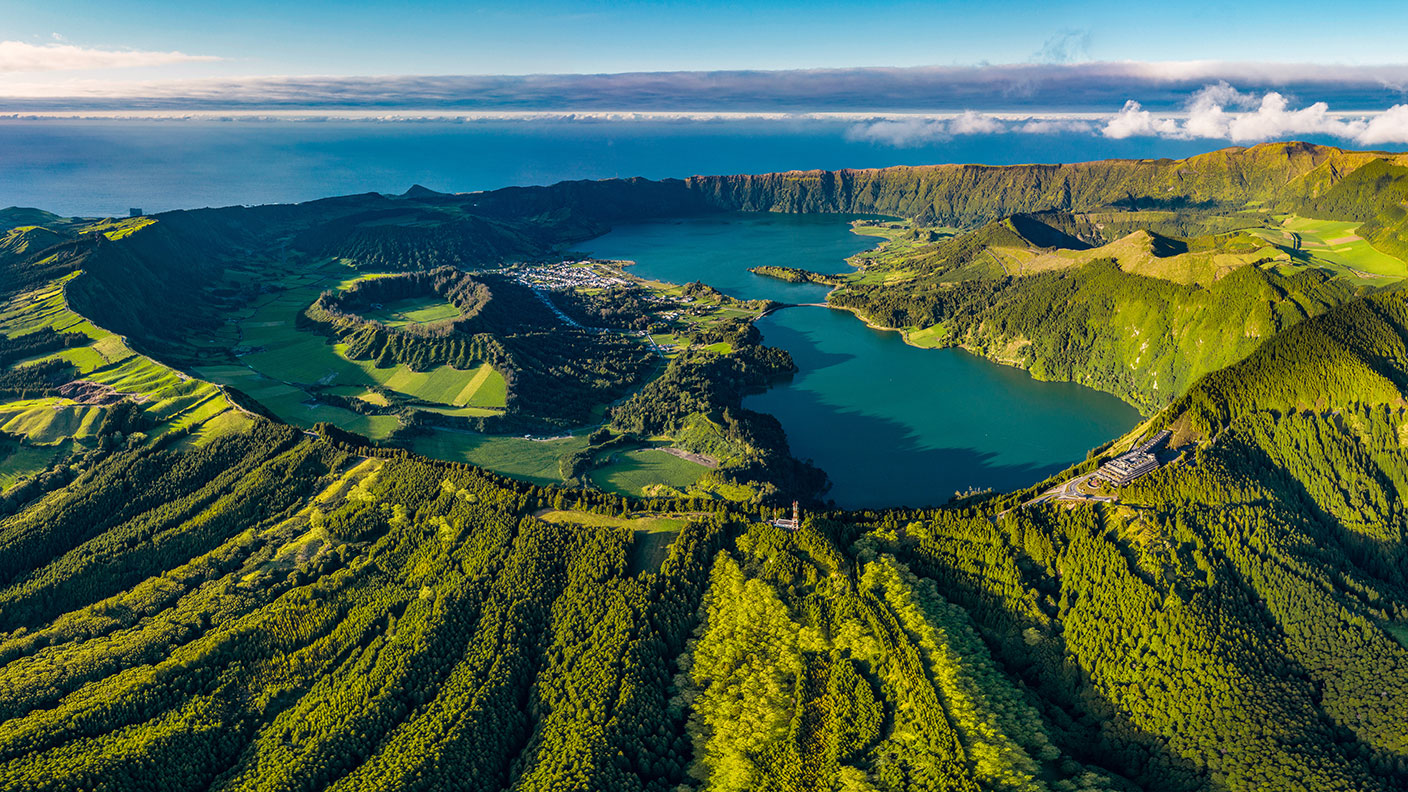
In March, a volcano in southwestern Iceland, on the Reykjanes peninsula, began to erupt. Thousands of visitors have since been drawn to the Geldinga valley to watch the lava flows of what geologists say is a “minor” eruption (pictured bottom right). “But for the people of Iceland, it is a rare opportunity to see their volcanic landscape take shape,” says Egill Bjarnason in the Financial Times.
Naturally, volcanoes have to be respected. “Never watch the volcano with the wind in your face,” cautions safety volunteer Logi Sigurdsson, or you risk breathing in the toxic gases that are emitted. The crowds, however, are unperturbed. “A massive tongue of lava spreads like honey over the yellow grass,” says Bjarnason. “Someone throws a large snowball. Puff!”
Stromboli: the Lighthouse of the Med
“For those seeking to experience the raw and almost preternatural power of a volcano, you would be hard-pressed to find a better place than Stromboli,” says Robin George Andrews in The New York Times. Located northwest of Italy’s toe, Stromboli is known as the Lighthouse of the Mediterranean for a reason. “If you stand at the summit at night, and you turn your flashlight off, all you can see are diamantine flecks shimmering in the dark. In that moment, you are floating, untethered, in an endless inky pool. The inevitable rumblings of the blackened earth beneath your feet eventually remind you that you remain on this planet. And when a jet of incandescent molten rock shoots skyward and illuminates the land like a flare, you feel as if you are staring down a dragon.”
MoneyWeek
Subscribe to MoneyWeek today and get your first six magazine issues absolutely FREE

Sign up to Money Morning
Don't miss the latest investment and personal finances news, market analysis, plus money-saving tips with our free twice-daily newsletter
Don't miss the latest investment and personal finances news, market analysis, plus money-saving tips with our free twice-daily newsletter
The aftermath of eruptions creates “famously fertile ground for tourism”, says Rachel Ng for National Geographic. “Onsen ryokans” (hot spring inns), for example, have sprung up in Japanese villages close to volcanoes since the eighth century. Mount Fuji has restaurants on its flanks and Mount Vesuvius in southern Italy was a highlight of the grand tours of the 17th and 18th centuries. The “steam, crackle, and pop of active volcanoes has an allure all its own”.
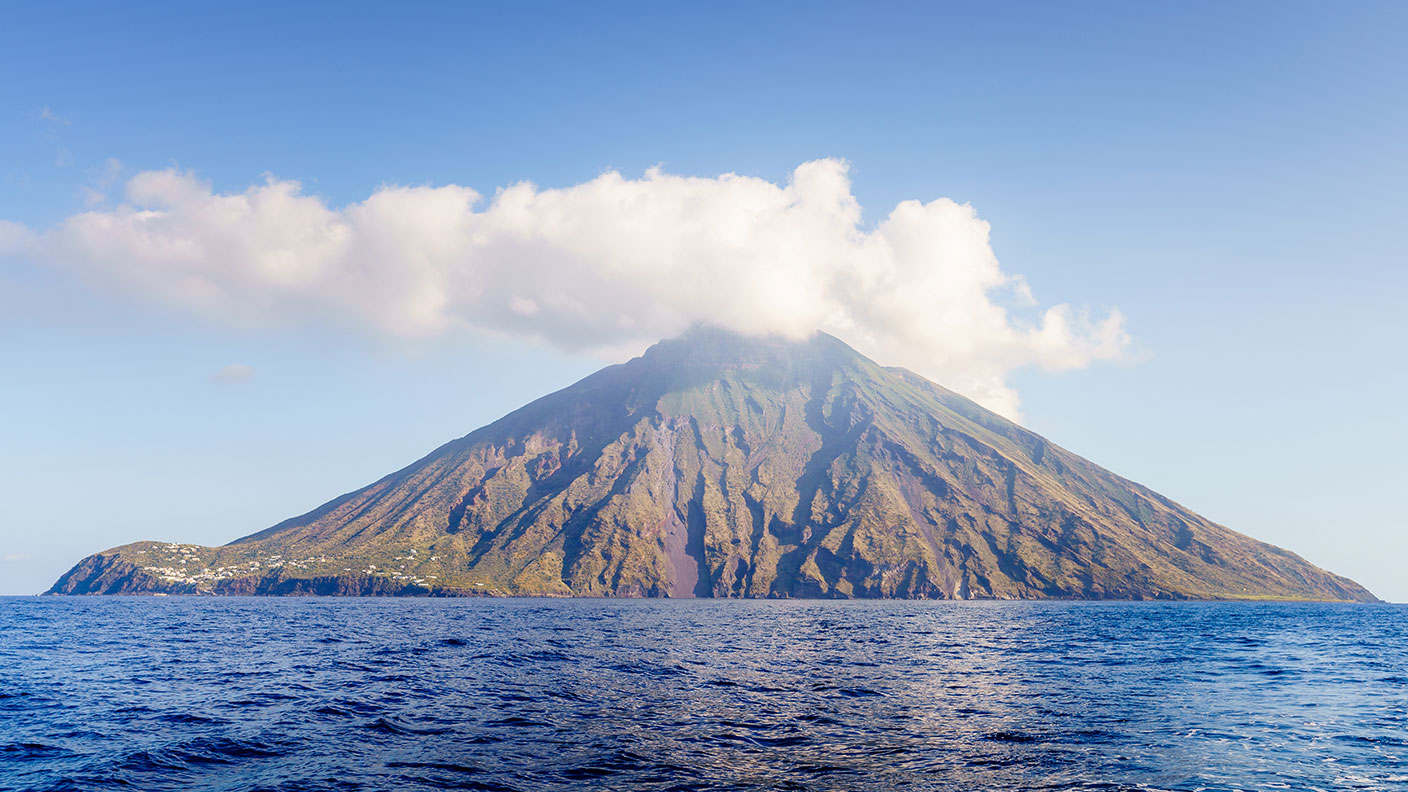
In the last decade or so, fuelled in part by the rise of social media, that has attracted the “lava chasers”. It can be “the thrill of lifetime – or a fatal attraction”. In December 2019, 22 tourists were killed and 25 injured when New Zealand’s Whakaari/White Island volcano erupted. And last month, those living at the northern end of the Caribbean island of St Vincent were evacuated after La Soufrière exploded. Yet, rather than deter tourism, danger seems to fuel curiosity. Meanwhile, Hawaii’s Mauna Loa – the world’s largest active volcano – is “slowly waking up”.
A safer way to witness the power of volcanoes is to visit the Azores. Straddling the North American, African and Eurasian continental plates, these islands are a geological hotspot full of volcanic craters, says Jane Knight in The Mail on Sunday. Some of these you can walk around inside, with their “smoking fumaroles, bubbling hot springs, verdant valleys and cavernous grottoes formed from solidified lava”. The largest island of Sao Miguel has beautiful lake-filled craters, such as Sete Cidades, three miles in diameter, and filled with water in hues of blues and emerald. You can take a hike by the hydrangea-fringed Lagoa do Fogo (Lake of Fire) and, at Furnas, refuel on cozido, a kind of casserole cooked in a volcanic steam chamber. “Of the many walking trips on offer, Regent Travel has one of the best, combining the geographical highlights of Sao Miguel with the lesser-known island of Santa Maria, where you can take in its highest peak and visit an area of brightly coloured terrain known as the red desert.” (From £1,335 per person for eight days, regent-holidays.co.uk.)
Take a dip in geothermal waters
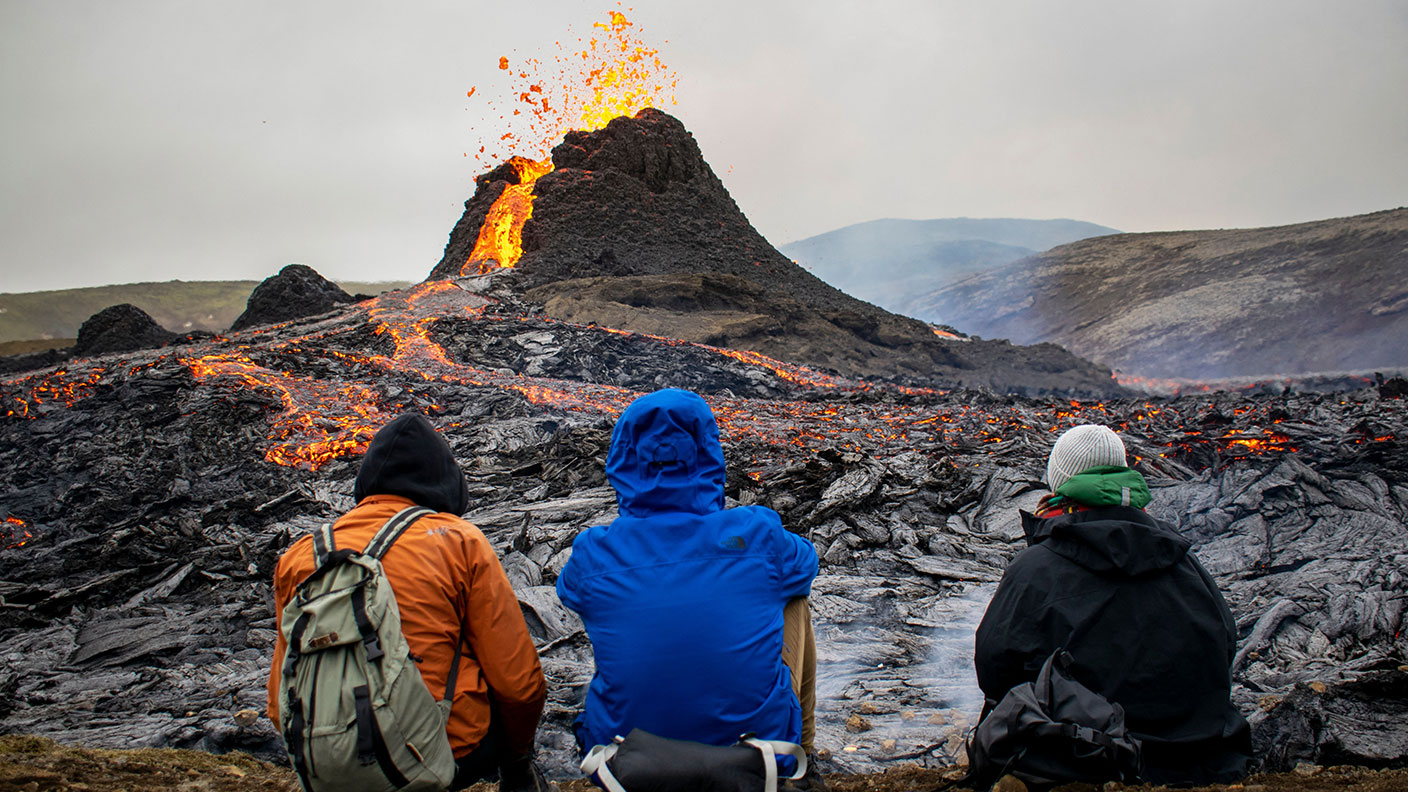
Back in Iceland, the Blue Lagoon is located in the otherworldly Unesco Global Geopark and lava field and it is understandably one of the country’s biggest tourist attractions. But don’t let its popularity put you off, says Nicole Trilivas in The Spectator. You can beat the crowds by checking in to the all-suite luxury hotel The Retreat at Blue Lagoon (from ISK180,000, or £1,050, bluelagoon.com). There are even four suites with personal lagoon pools for “the ultimate private dip in the medicinal, milky blue geothermal waters”.
Discover the World also offers a trip to the Blue Lagoon (admission extra) and the Reykjanes Peninsula before heading along Iceland’s south coast, as part of its Volcanic Explorer package. (From £671, excluding flights, discover-the-world.com.
Get the latest financial news, insights and expert analysis from our award-winning MoneyWeek team, to help you understand what really matters when it comes to your finances.

-
 ‘Why I have ditched my Help to Buy ISA for cash savings and the stock market’
‘Why I have ditched my Help to Buy ISA for cash savings and the stock market’Without the 25% bonus, my Help to Buy ISA is effectively redundant, says MoneyWeek writer Sam Walker.
-
 Is your inheritance tax allowance cut if you sell to downsize or sell your home to pay for care?
Is your inheritance tax allowance cut if you sell to downsize or sell your home to pay for care?Downsizing relief is a little-known benefit that could save your loved ones tens of thousands of pounds in inheritance tax after you’ve died.
-
 8 of the best houses for sale with beautiful fireplaces
8 of the best houses for sale with beautiful fireplacesThe best houses for sale with beautiful fireplaces – from a 15th-century cottage in Kent to a 17th-century palazzo in Oxfordshire
-
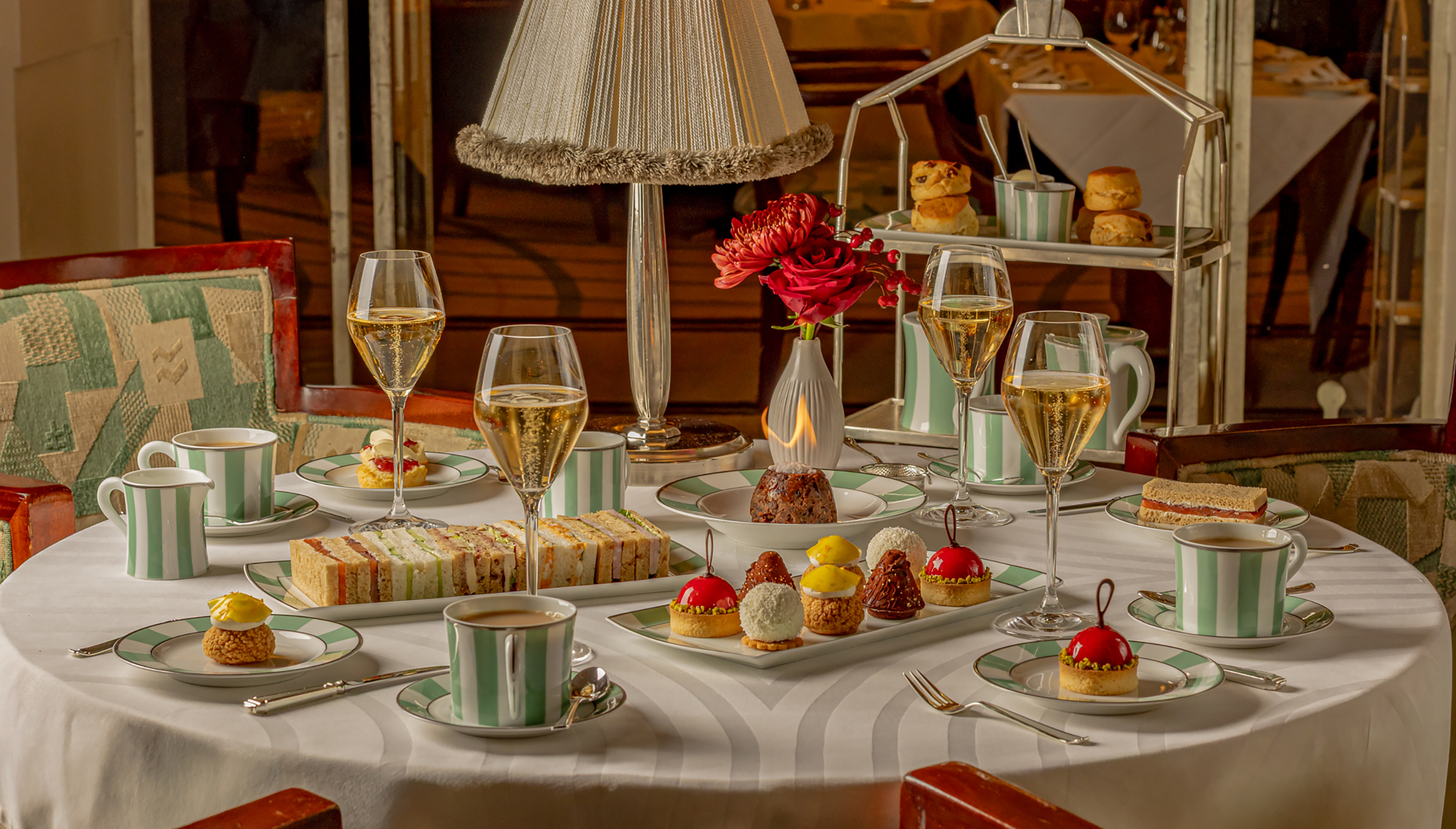 The top last-minute Christmas gifts
The top last-minute Christmas giftsIt’s not too late to give the perfect present this festive season – we round up a selection of last-minute Christmas gifts worth giving
-
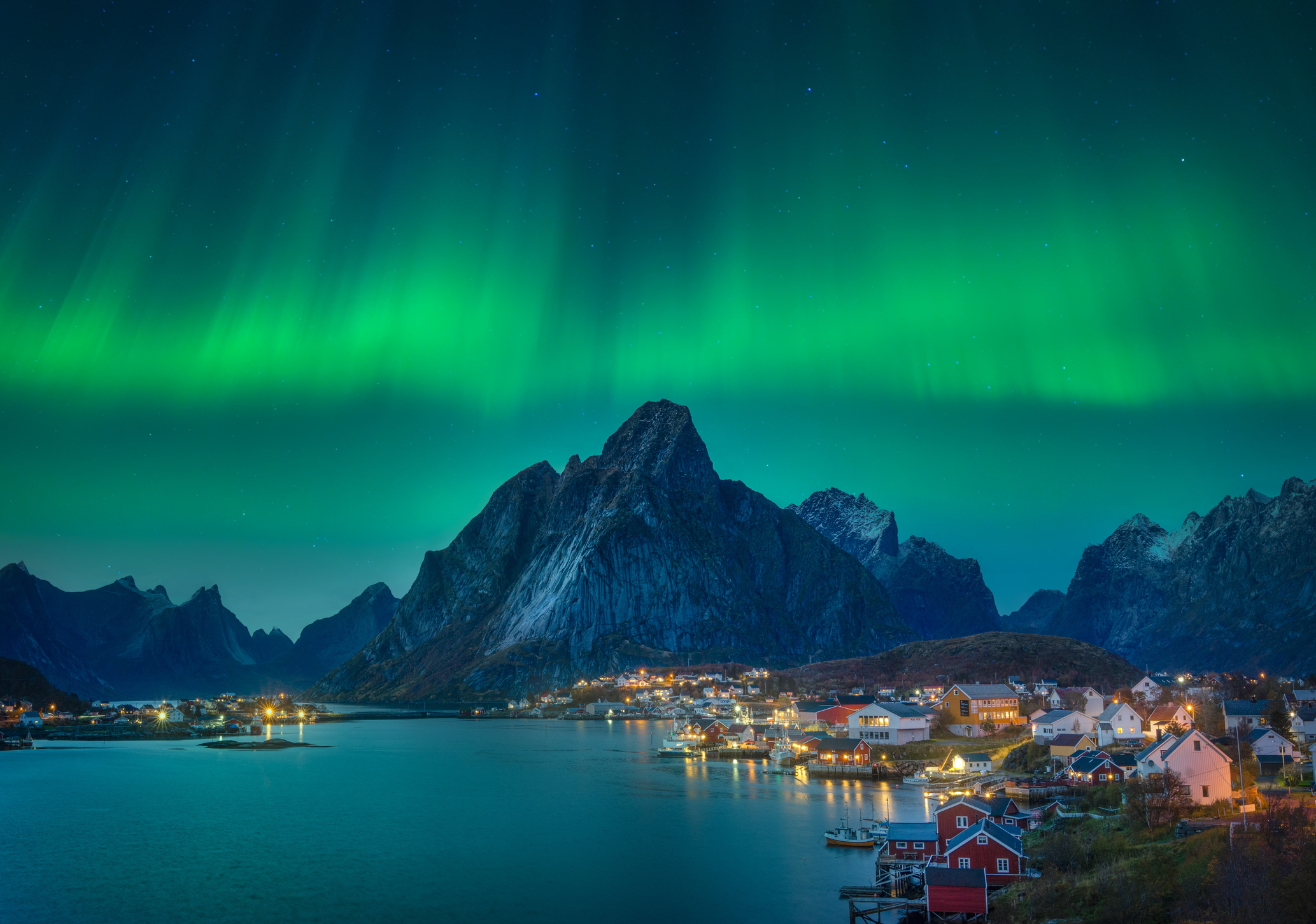 Lights, camera, action: Where to see the Northern Lights
Lights, camera, action: Where to see the Northern LightsThe Northern Lights are the most spectacular they’ve been in years. Here’s where to see them
-
 8 of the best ski chalets for sale now
8 of the best ski chalets for sale nowThe best ski chalets on the market – from a traditional Alpine-style chalet in Switzerland to an award-winning Modernist building in Japan’s exclusive ski areas
-
 The best Christmas gifts for your loved ones
The best Christmas gifts for your loved onesWe round up the best Christmas gifts with a touch of luxury to delight, surprise and amaze family and friends this festive season
-
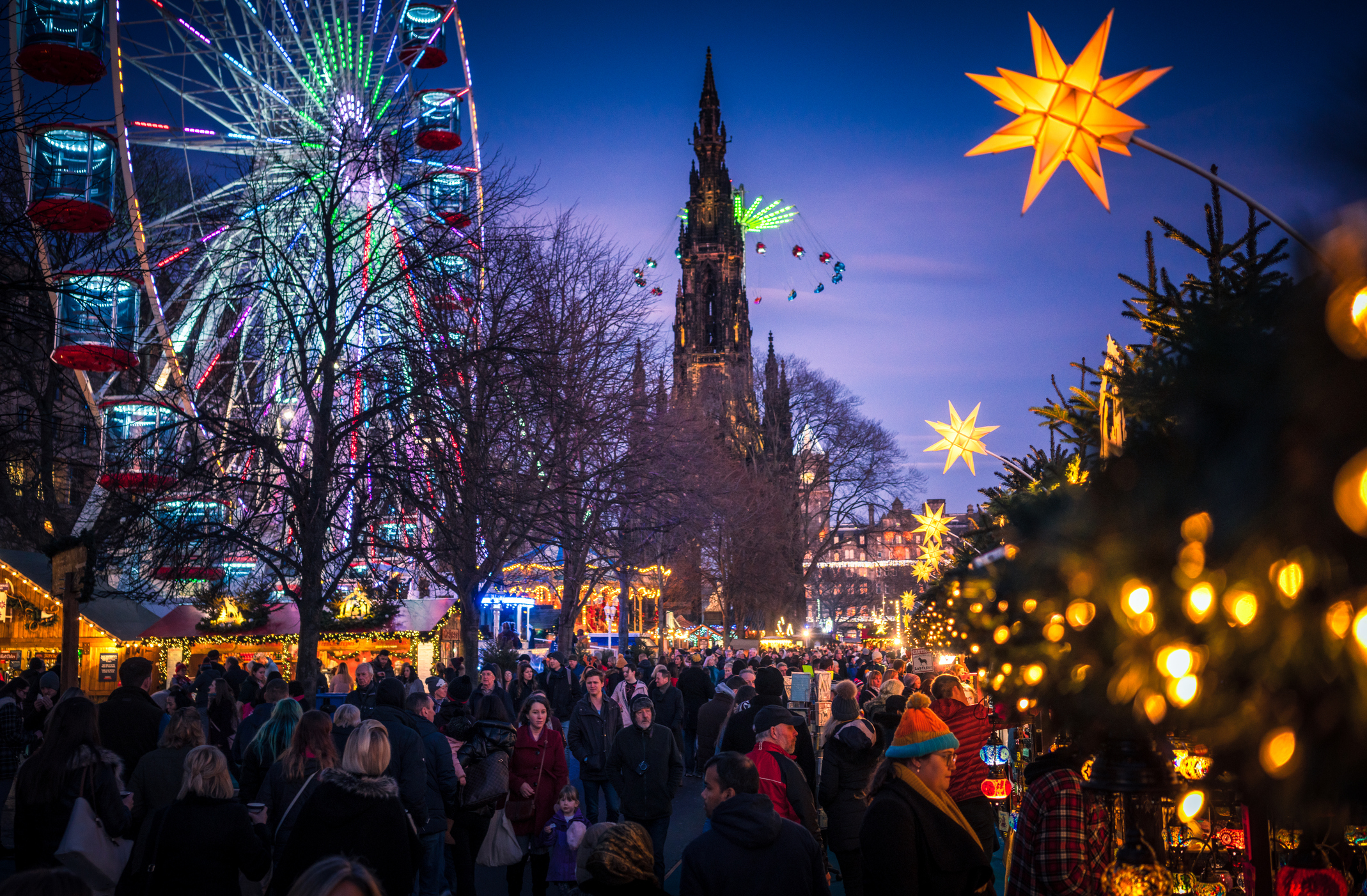 The best UK Christmas markets for a wassail of a time
The best UK Christmas markets for a wassail of a timeWe round up the best UK Christmas markets to visit, from London's Hyde Park Winter Wonderland to Edinburgh's Princes Street Gardens
-
 Reinventing the high street – how to invest in the retailers driving the change
Reinventing the high street – how to invest in the retailers driving the changeThe high street brands that can make shopping and leisure an enjoyable experience will thrive, says Maryam Cockar
-
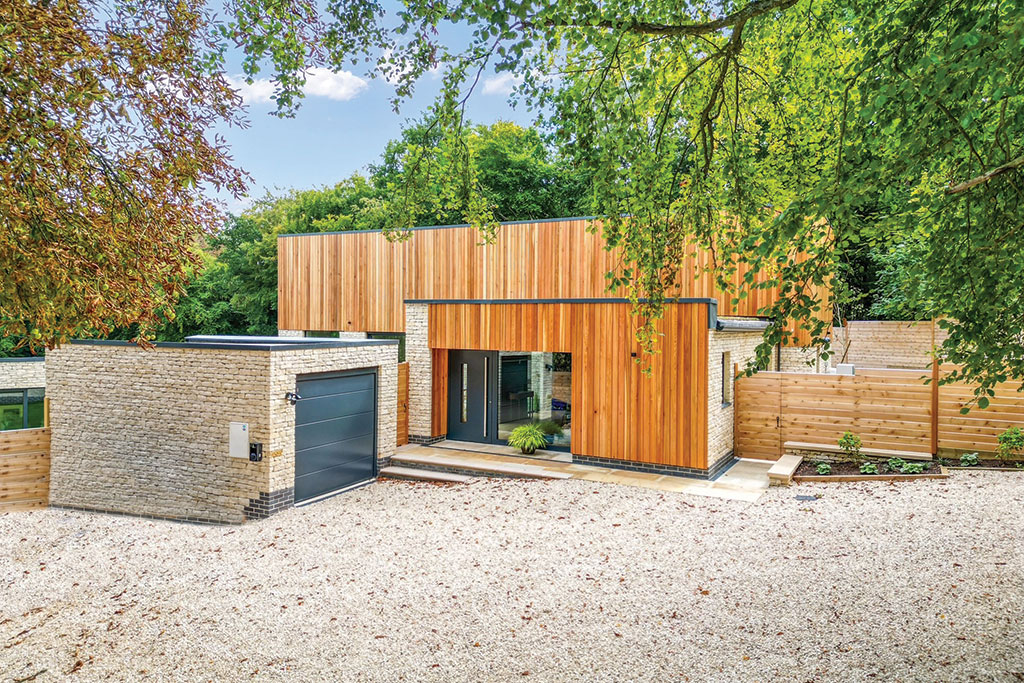 8 of the best houses for sale with electric vehicle charging
8 of the best houses for sale with electric vehicle chargingThe best houses for sale with electric vehicle charging – from a converted World War II control tower in Scotland, to a Victorian country house in Cumbria